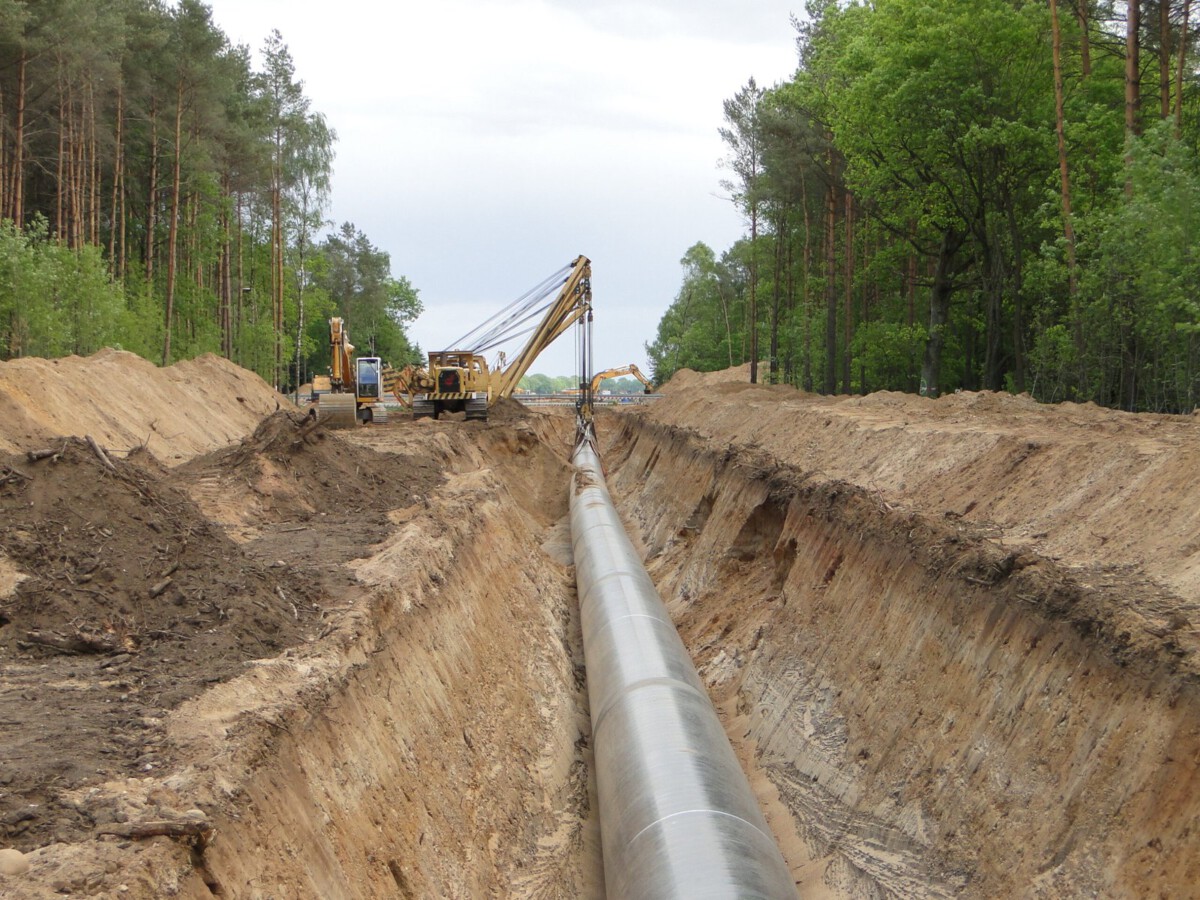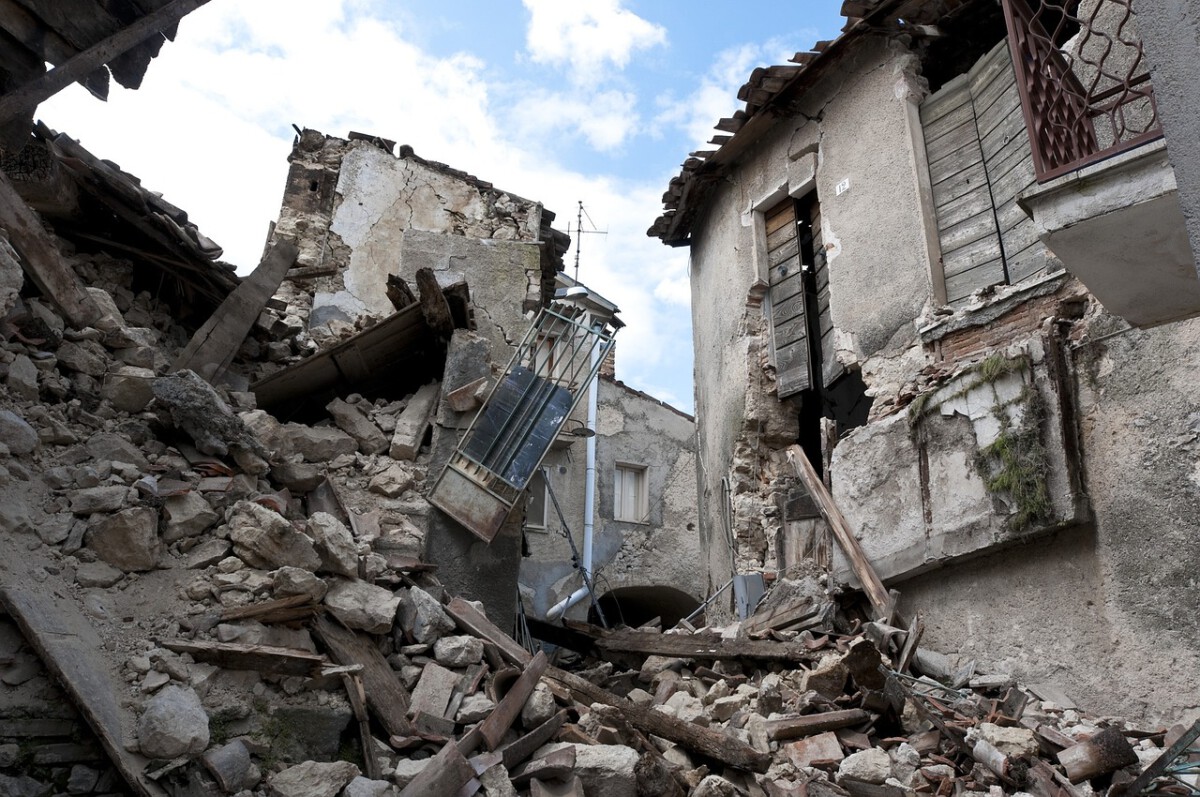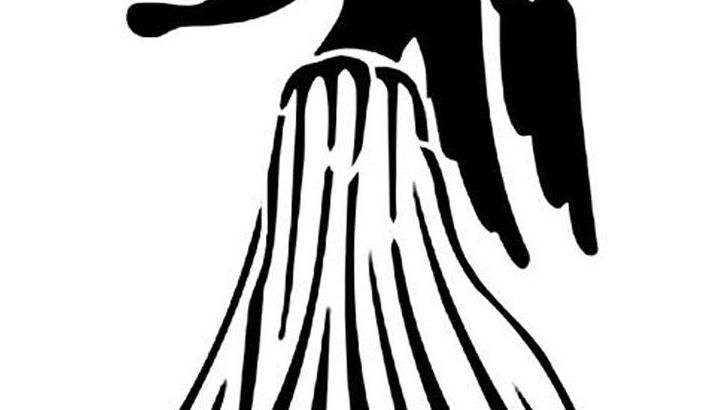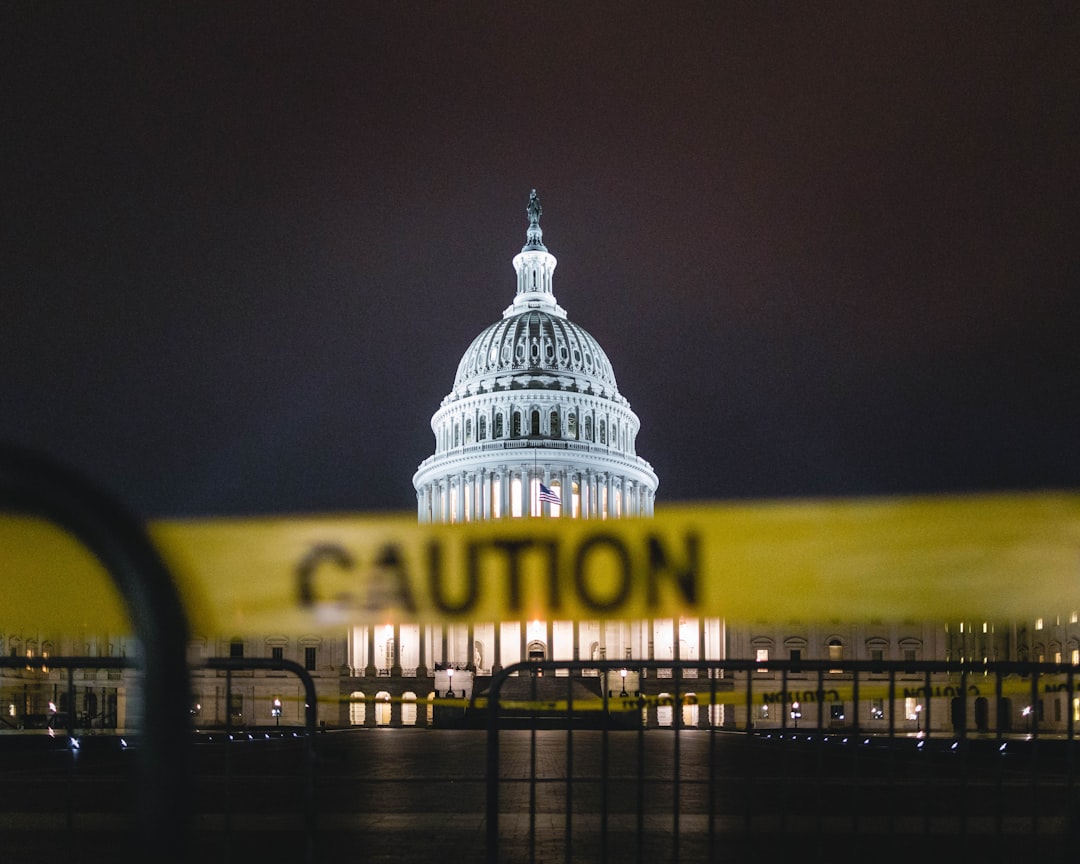Germany: The Largest Consumer of Russian Gas

Germany has long stood at the center of Europe’s energy debate, with Russian gas fueling much of its economy and industry. In 2023, about 40% of Germany’s gas imports were sourced from Russia, a figure that made headlines amid rising geopolitical tensions. The infamous Nord Stream pipelines have acted as an energy lifeline, sending billions of cubic meters of gas directly from Russia to German homes and factories. However, as the Ukraine conflict escalated, Germany began to feel the ground shift beneath its feet. The government responded in 2024 with new policies aiming to cut Russian gas dependency, including fast-tracked investments in liquefied natural gas (LNG) terminals and a significant boost to wind and solar projects. “We can’t afford to be energy hostages,” declared a senior German official in March 2024, signaling a dramatic change in policy. This transition is not just about security—it’s about reshaping Germany’s entire energy future.
Italy: A Key Player in Russian Energy Imports

Italy’s relationship with Russian energy has been both strategic and, at times, uneasy. Around 30% of its gas supply has traditionally come from Russia, making it one of the continent’s biggest importers. The Italian government, aware of the risks, has taken steps to diversify, especially as the Ukraine situation put old alliances under the microscope. In 2024, Italy inked a landmark agreement with Algeria to increase gas imports by 25% over five years. Energy analysts described the deal as “transformative,” reflecting a broader Italian push towards North African and Mediterranean partners. Meanwhile, Italy continues to strengthen ties with Libya and develop its own renewable infrastructure. Despite these efforts, Russian gas still plays a crucial role in keeping Italian lights on and factories running, making diversification a work in progress.
Hungary: A Dependable Partner for Russian Energy

Hungary remains one of the European Union’s most steadfast consumers of Russian energy, with nearly 80% of its gas imports arriving from Russia. This deep dependency has raised eyebrows and sparked debates in Brussels, especially as other EU members scramble to cut ties. In 2023, Hungary renewed its long-term gas supply agreement with Russia, prioritizing stability over the push for diversification. Prime Minister Viktor Orbán has defended this stance, arguing that “economic security must come before politics,” a sentiment not universally shared by Hungary’s neighbors. While Budapest has started to explore alternative sources, progress has been slow, and Russian energy continues to dominate the national grid. Critics inside and outside Hungary warn that this reliance could leave the country exposed to price shocks and political leverage.
Bulgaria: Navigating Energy Dependency

Bulgaria’s energy story is one of near-total reliance, with about 90% of its natural gas imported from Russia. This dependence has made Bulgaria particularly vulnerable to supply disruptions and sudden price hikes. In response, the Bulgarian government announced fresh initiatives in 2024 to diversify its energy sources, including investments in LNG terminals along the Black Sea. There’s also a growing push to expand partnerships with Greece and Turkey, opening up access to new regional markets. Renewable energy is slowly gaining ground, but the transition is challenging given Bulgaria’s existing infrastructure and historical ties to Russian suppliers. Officials admit that breaking free from this dependency will take time and significant investment, but the drive for change is unmistakable.
Slovakia: A Strategic Energy Partner

Slovakia’s energy landscape is dominated by Russian imports, with roughly 70% of its gas supply sourced from Russia. This reality has put the country in a delicate position, balancing economic needs with growing calls for European energy independence. In 2024, Slovakia unveiled plans to upgrade its interconnections with neighboring countries, hoping to tap into more diverse energy markets. The government is also channeling resources into solar and wind projects, aiming to reduce fossil fuel reliance. Yet, despite these ambitions, Russian gas remains a backbone of Slovakia’s energy system. The path to diversification is fraught with both opportunity and risk, as the nation navigates a rapidly changing energy environment.
Poland: Leading the Charge in Diversification

Poland has emerged as a European leader in efforts to reduce dependence on Russian energy, turning a potential vulnerability into a story of resilience. Over the past two years, Poland slashed its Russian gas imports to less than 10%, a staggering drop made possible by strategic investments in LNG infrastructure. The Świnoujście LNG terminal on the Baltic coast now serves as a gateway for gas from the United States and Qatar. At the same time, Poland has doubled down on renewables, with wind and solar energy projects springing up across the country. “Our goal is energy sovereignty,” said Poland’s energy minister in a recent interview, capturing the nation’s determination. This bold approach has set a benchmark for others in the region.
France: A Balanced Energy Approach

France stands out for its methodical and balanced approach to energy, maintaining a diverse portfolio that limits Russian influence. In 2024, only about 15% of France’s gas needs were met by Russian imports, a testament to decades of investment in nuclear and renewable power. The country’s energy strategy is anchored in reducing carbon emissions while bolstering national security. Recent years have seen major government incentives for solar and wind, and France’s nuclear sector continues to be one of the largest in the world. This strategy not only shields France from external shocks but also keeps it at the forefront of Europe’s climate commitments. “Energy independence is our shield,” remarked a French minister earlier this year.
The Future of Energy in Europe

Europe’s energy landscape is undergoing a seismic transformation, driven by a desire for greater independence and sustainability. Countries that once leaned heavily on Russian energy are now racing to secure alternative supplies, from LNG deals to bold renewable projects. The European Union is set to introduce sweeping new policies in 2024 aimed at boosting energy security and cutting external reliance. Experts warn that this transition won’t be easy, pointing to infrastructure gaps and market uncertainties. Yet, the determination to break old patterns is stronger than ever. As nations chart new courses, the choices they make today will shape Europe’s energy destiny for decades to come.








